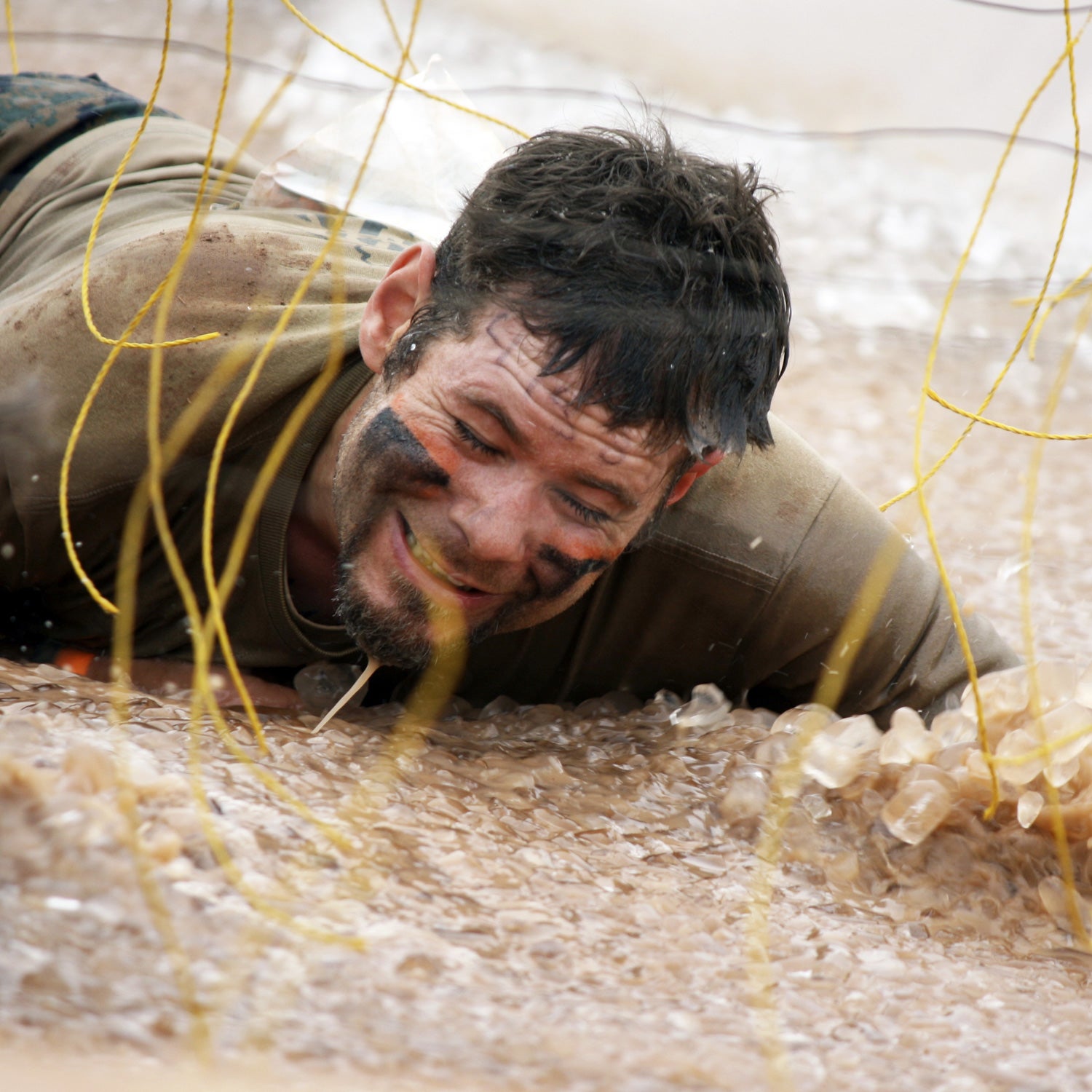Swedish obstacle series Tough Viking is doing away with electrified obstacles in 2016, . The move puts it among a handful of events axing electricity as the industry chucks its original selling points of shock value and mental games in a sad but necessary drive for longevity.��
Savage Race did away with its electric obstacle in 2014. Tough Mudder, whose brand was arguably built on ���Ի��� about Electroshock Therapy, a giant trellis of dangling wires juiced with “10,000 volts of electricity,” (runners have to run through or under this to pass)��announced in November 2015 that its new event, the Tough Mudder Half, won’t have any electric obstacles. In the meantime, the original Tough Mudder has also phased out Electric Eel, a stomach crawl under live wires.��
Part of the issue with electricity is legal, to be sure. A 2013 study highlighted one Tough Mudder participant who received 13 shocks running through Electroshock Therapy.��Also, “Electroshock Therapy’s had a lot of bad press,” says Margaret Schlachter, editor in chief of OCR news site��. Not just for Tough Mudder, but for the industry in general, whose diverse events often get lumped together as crazy obstacle races who electrocute people.��
“Electricity doesn’t require any skill—it doesn’t test anything,”��Schlachter��says. “A lot of people call them ‘gimmick obstacles,’ and as the industry is becoming more of a sport, it’s cycling away from obstacles like that.”
��
But axing electrocution isn’t just a play to bring in new participants put off by fears of frying. “Electricity doesn’t require any skill—it doesn’t test anything,” Schlachter says. “A lot of people call them ‘gimmick obstacles,’ and as the industry is becoming more of a sport, it’s cycling away from obstacles like that.”
Indeed, when Savage Race decided to pull the plug on Tazed N Blazed, it the obstacle’s replacement would be something “that provides a legitimate physical challenge.” Along that same line of thought, in 2014 Spartan Race got rid of its Gladiators, men with pugil sticks who would whack competitors before they crossed the finish line.
In the beginning, however, OCR was all about so-called gimmick obstacles. Spartan Race, a series founded on embracing the unknown, wouldn’t post its course maps anywhere before its events, and even made competitors solve a side of a Rubik’s Cube before crossing the finish line in its early days. Tough Mudder still has Electroshock Therapy, but it’s hardly the event’s calling card. If anything, the company now downplays its existence.��
But perhaps getting rid of the elements of surprise, luck, unfairness, and yeah, electricity, are what the industry needs to grow—to give the sport some kind of unifying identity. To be seen not as fragmented series or arenas for mass electrocution, but as one big welcoming whole, the way every 13.1-mile run is called a half-marathon, no matter who produced it or what special elements—music, nighttime—were thrown in along the way. If that's what it takes to make OCR a sport enjoyed for years to come, then perhaps it’s worth it. But it’s also a little sad.


